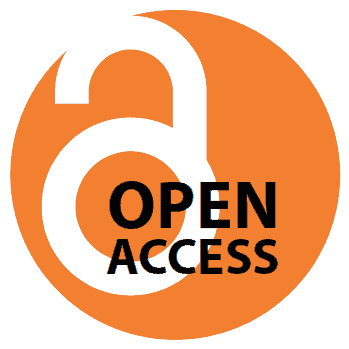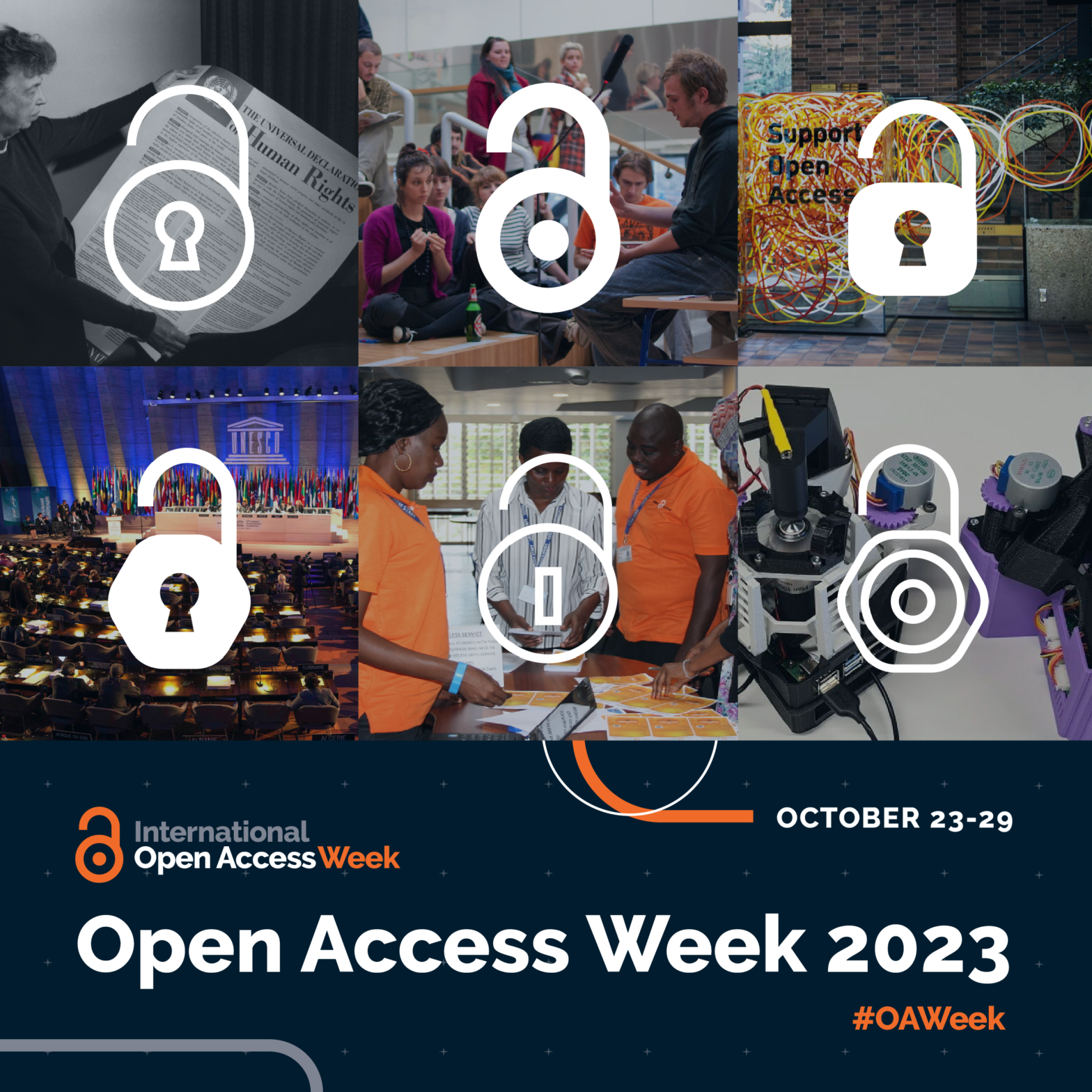The University of Iowa Libraries are pleased to announce a new transformative agreement with Cold Spring Harbor Laboratory Press (CSHLP), an internationally renowned publisher of books, journals, and electronic media in genetics and molecular biology. The agreement includes: To publish open access in CSHLP journals without paying open access fees or APCs, corresponding authors simplyContinue reading “UI Libraries inks new Cold Spring Harbor open access agreement”
Tag Archives: Open Access
Announcing new John Benjamins open access agreement
The University of Iowa Libraries is pleased to announce a new read and publish agreement with John Benjamins Publishing Company, an independent academic publisher of books, journals and online resources in linguistics and the language sciences. The agreement includes: To publish open access in John Benjamins journals without paying APCs, corresponding authors simply submit theirContinue reading “Announcing new John Benjamins open access agreement”
Announcing new Geological Society of London open access agreement
The University of Iowa Libraries are pleased to announce a new read and publish agreement with the Geological Society of London (GSL), effective through Dec. 31, 2025. The agreement grants: All actively published GSL hybrid journals and book series are eligible, including: To confirm eligibility, corresponding authors simply submit their manuscript using their UI affiliationContinue reading “Announcing new Geological Society of London open access agreement”
The UI Libraries announce Biochemical Society open access agreement
The University of Iowa Libraries are pleased to announce a new open access agreement with the Biochemical Society, effective through Dec. 31, 2026. The agreement, negotiated through the Big Ten Academic Alliance (BTAA), guarantees full read access to all Biochemical Society journals (published by the Society’s publishing arm, Portland Press) and unlimited, fee-free open accessContinue reading “The UI Libraries announce Biochemical Society open access agreement”
Royal Society of Chemistry Open Access Agreement
The University of Iowa Libraries are pleased to announce an expanded open access agreement with the Royal Society of Chemistry (RSC), effective Jan. 1, 2024, through Dec. 31, 2026. The agreement expands our limited 2023 agreement, providing: All RSC journals are eligible, including RSC Advances, Gold OA journals, and hybrid journals. To confirm eligibility, correspondingContinue reading “Royal Society of Chemistry Open Access Agreement”
Here’s what entered the public domain in 2024
Take note, aspiring animators: We’re officially 95 years out from Mickey Mouse’s 1928 debut, which means that Steamboat Willie and Plane Crazy are fair game for future use. Each year on Jan. 1, enthusiasts watch as a new bevvy of works enters the public domain — and in the world of intellectual property, 2024 startedContinue reading “Here’s what entered the public domain in 2024”
Celebrating Open Access Week 2023
Open Access Faculty Panel Discussion Happy Open Access Week! We’re celebrating this year’s theme “Community over Commercialization” with a faculty panel discussion on Tuesday, Oct. 24, 2023, at noon CDT on Zoom. Panelists include Leonardo Marchini, DEO and professor in Preventative and Community Dentistry, Kembrew McLeod, department chair and professor in Communication Studies, Maurine Neiman, professor in Biology, and DeborahContinue reading “Celebrating Open Access Week 2023”
Open Access Faculty Panel Discussion – Community over Commercialization
You’re Invited Join faculty leaders from all over campus in celebrating International Open Access Week 2023 with a panel discussion on the theme of Open Access: Community over Commercialization. The UI Libraries’ Scholarly Impact department will be hosting the webinar on Tuesday, Oct. 24, 2023, at noon CDT. In what promises to be a livelyContinue reading “Open Access Faculty Panel Discussion – Community over Commercialization”
Royal Society of Chemistry: Free open access publishing for UI authors
The University of Iowa Libraries are pleased to announce a Read & Publish agreement with the Royal Society of Chemistry (RSC) for 2023 that provides continued access to all RSC journal content and supports open access publishing in RSC journals. The new agreement allows corresponding authors from the University of Iowa to publish a limitedContinue reading “Royal Society of Chemistry: Free open access publishing for UI authors”
UI Libraries Announces New Institute of Physics Open Access Agreement
The University of Iowa Libraries is pleased to announce a new transformative read and publish agreement with the Institute of Physics (IOP). The agreement, negotiated through the Big Ten Academic Alliance (BTAA), ensures continued access to IOPscience and supports unlimited Open Access publishing in eligible IOP journals for University of Iowa authors without paying articleContinue reading “UI Libraries Announces New Institute of Physics Open Access Agreement”

